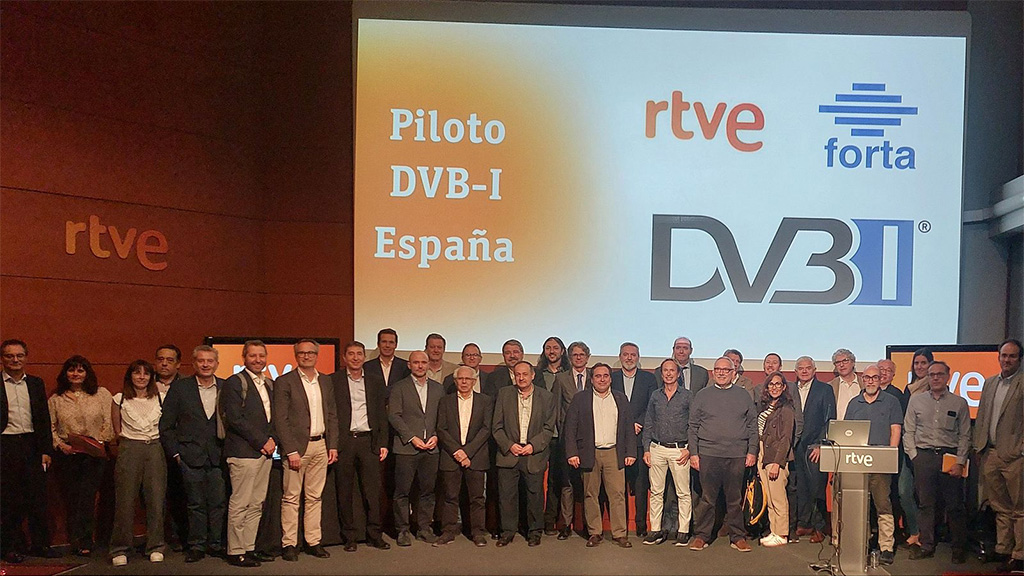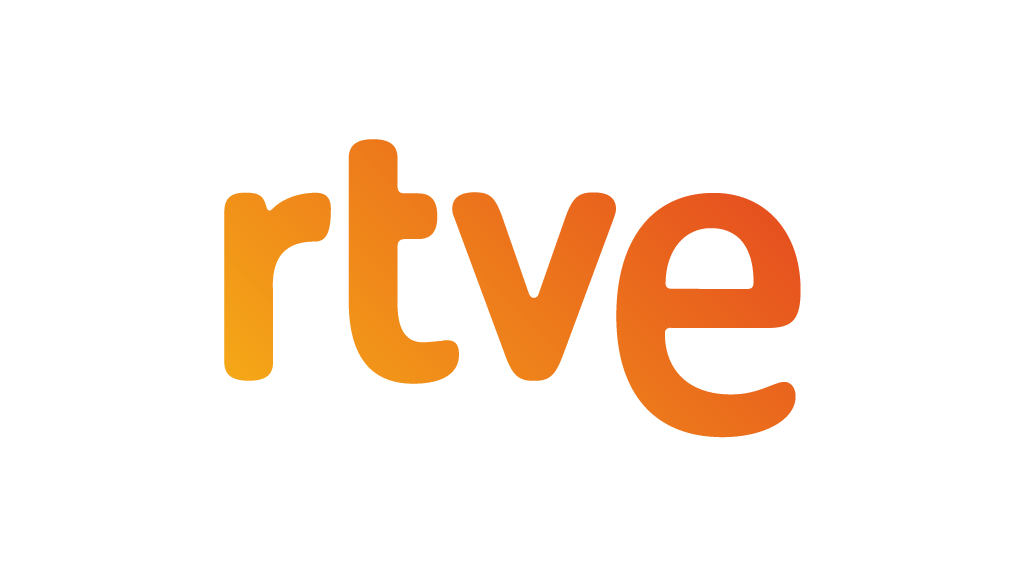Spanish broadcasters are working on a national pilot of the DVB-I standard for service discovery to assess its suitability as a strategic tool for improving the visibility, access, and relevance of audiovisual media services. The nine-month trial will involve a collaboration of public and private broadcasters, consumer electronics manufacturers, technology and service providers, broadcasting network operators, and regulators. Spain is the latest country to explore the potential of DVB-I, following early trials in Italy and Germany. A trial is also planned in France. Ireland and a number of other countries are also testing the technology.
The Spanish pilot is being led by the national broadcaster RTVE together with FORTA, the federation of autonomous radio and television organisations. It will also involve the National Markets and Competition Commission and the Ministry for Digital Transformation and Public Service as observers.

RTVE, or Corporación de Radio y Televisión Española, is the Spanish public broadcaster, a state-owned public corporation responsible for national radio and television services, including the La 1 and La 2 television channels, three thematic channels, RTVE Play, and RNE radio stations.

In Spain, digital terrestrial television remains by far the most widely watched audiovisual platform, guaranteeing access to free-to-air linear television channels for all citizens and delivering over 70% of television viewing hours. Nevertheless, it is essential to respond to new viewing patterns and offer complementary programming to compete with global media platforms and providers.
The initiative is partly in response to the European Regulation on Freedom of the Media, and in particular Article 20 regarding prominence. The DVB-I standard is emerging as an option that could guarantee prominence on televisions within the European Union. The European Broadcasting Union has urged its members to launch national initiatives in conjunction with commercial broadcasters.
DVB-I offers a standard way for media providers to announce media services and for devices and displays to discover them, both through broadcast and online networks, incorporating both traditional channels and on-demand services.
The first steps for the Spanish DVB-I pilot include establishing an implementation group, as well as gathering information on other European DVB-I pilots.
There are already pilots in progress in Italy and Germany. France is also looking at launching a pilot. Ireland and a number of other countries are also involved in evaluating the technology. The United Kingdom is so far going it alone with its Freely platform, which is based on similar ideas but not currently on open interoperable standards.
